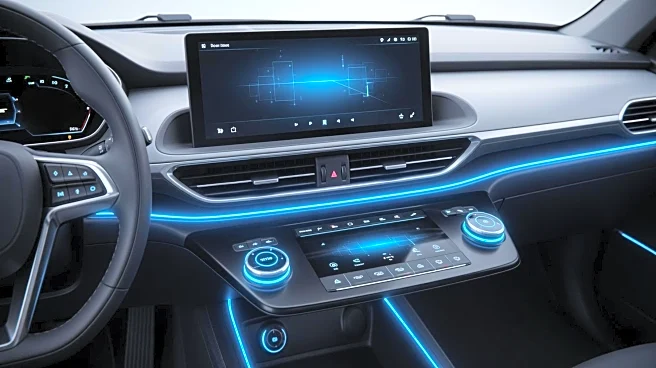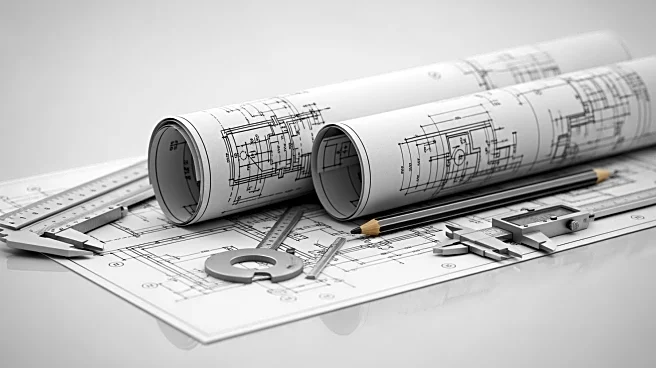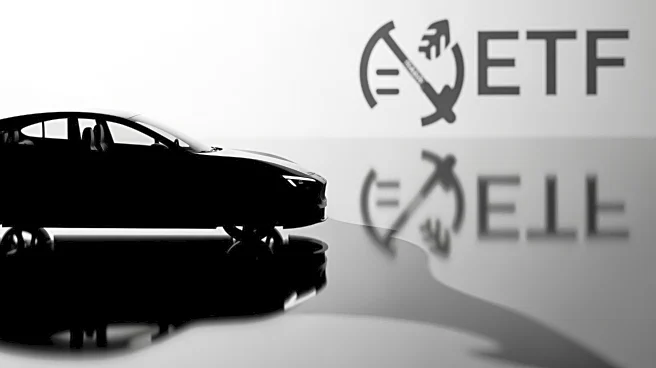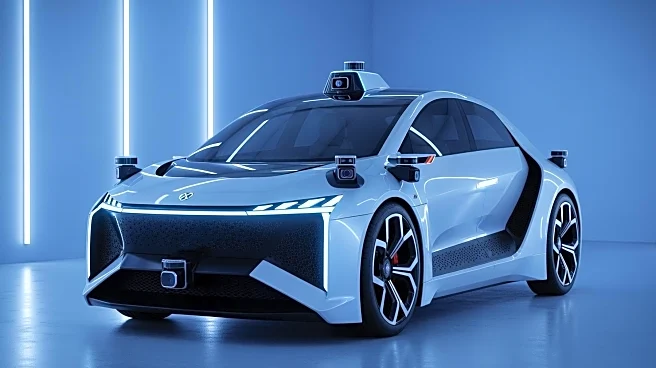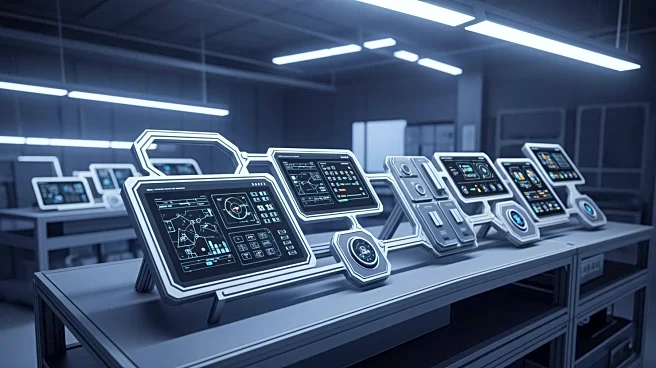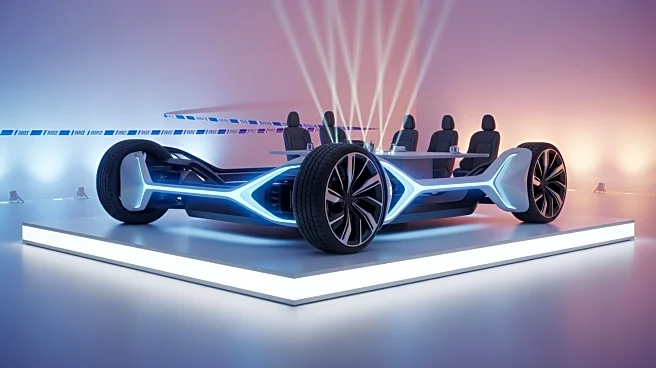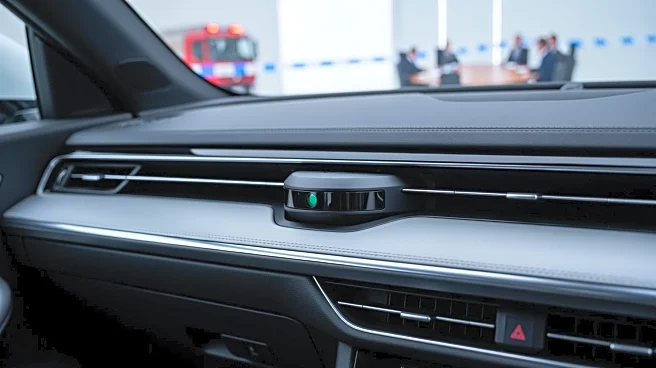What's Happening?
VI-grade, a company specializing in simulation-driven vehicle development solutions, has partnered with TUC.technology to integrate modular connection systems into its driving simulator platforms. This
collaboration aims to enhance the development of in-vehicle human-machine interfaces (HMI) by combining VI-grade's simulation technology with TUC.technology's modular hardware systems. The integration involves TUC's TUC.micro connection system, which allows for the mounting, powering, and reconfiguration of various cockpit components such as instrument clusters and displays. This modular approach is designed to support faster and more iterative development processes by bringing physical modularity to virtual testing environments. The project focuses on designing compact, omnidirectional interfaces that manage signal and power within VI-grade's simulator structures.
Why It's Important?
The partnership between VI-grade and TUC.technology represents a significant advancement in the field of vehicle simulation and development. By integrating modular connection technology, the collaboration enhances the versatility and realism of simulation platforms, allowing for more efficient evaluation of new cockpit architectures and control systems. This development is crucial for the automotive industry as it seeks to innovate and improve vehicle design processes. The ability to rapidly prototype and test different configurations can lead to more efficient and cost-effective development cycles, ultimately benefiting manufacturers and consumers with better-designed vehicles. The collaboration also highlights the growing importance of digital and physical integration in vehicle development, paving the way for more sophisticated and user-friendly automotive technologies.
What's Next?
As the partnership progresses, it is expected that VI-grade and TUC.technology will continue to refine and expand their modular systems to cover a broader range of applications within vehicle simulation. This could lead to further innovations in HMI development and potentially influence the design and functionality of future vehicles. The automotive industry may see increased adoption of such modular systems, encouraging other companies to explore similar collaborations. Stakeholders in the automotive sector, including manufacturers and technology developers, will likely monitor the outcomes of this partnership closely to assess its impact on vehicle design and development processes.
Beyond the Headlines
The integration of modular systems into vehicle simulation platforms could have broader implications for the automotive industry. It may lead to a shift in how vehicles are designed, with a greater emphasis on flexibility and adaptability in cockpit configurations. This could also influence consumer expectations, as drivers may seek more customizable and personalized vehicle experiences. Additionally, the collaboration underscores the importance of cross-industry partnerships in driving innovation, as companies from different sectors combine their expertise to create new solutions. This trend could lead to more collaborative efforts across industries, fostering a culture of innovation and technological advancement.
